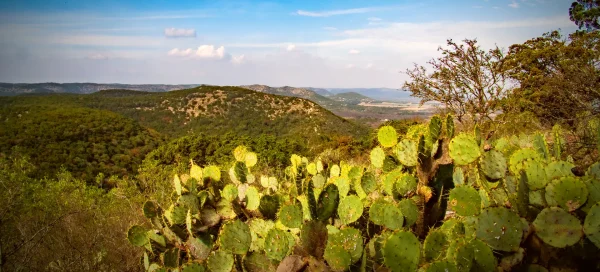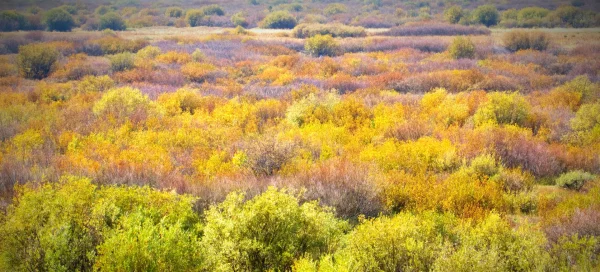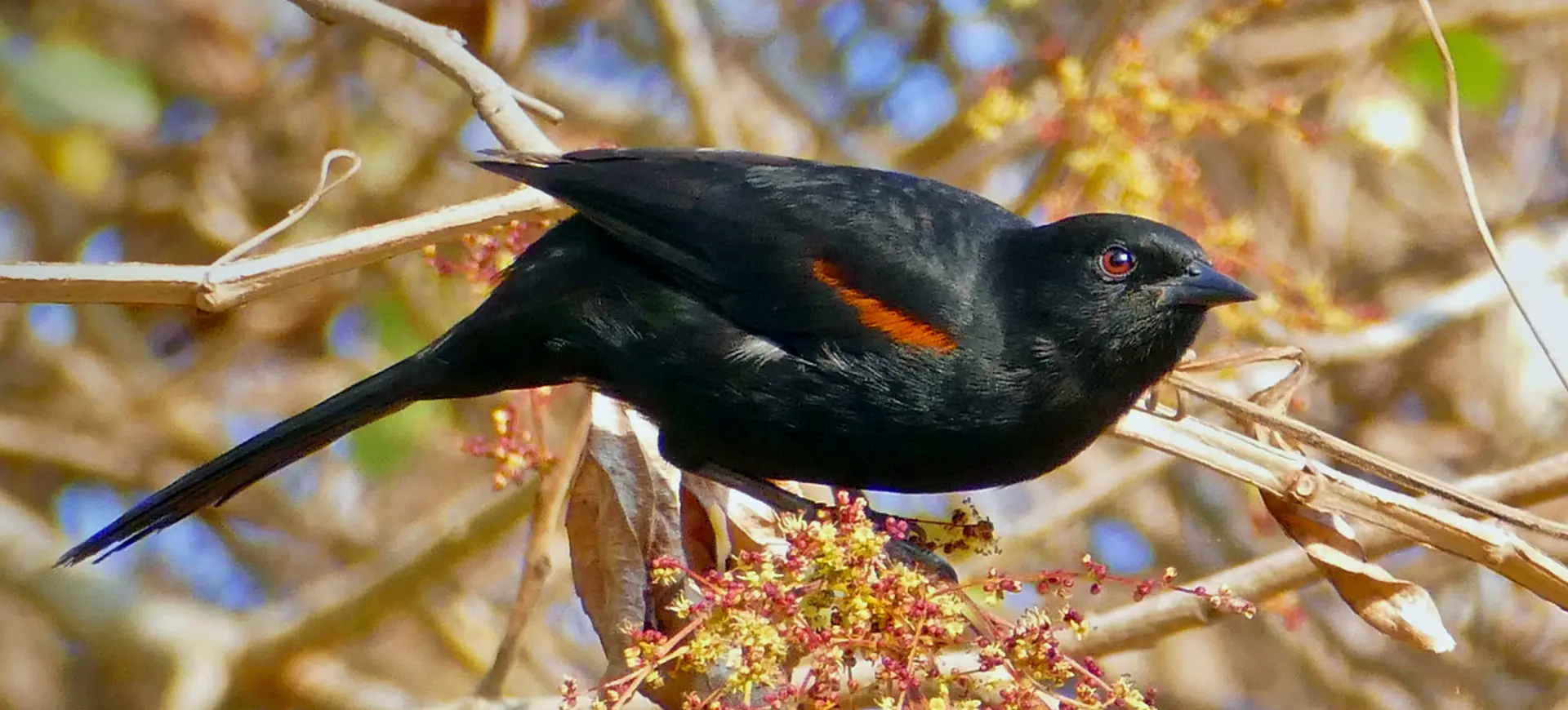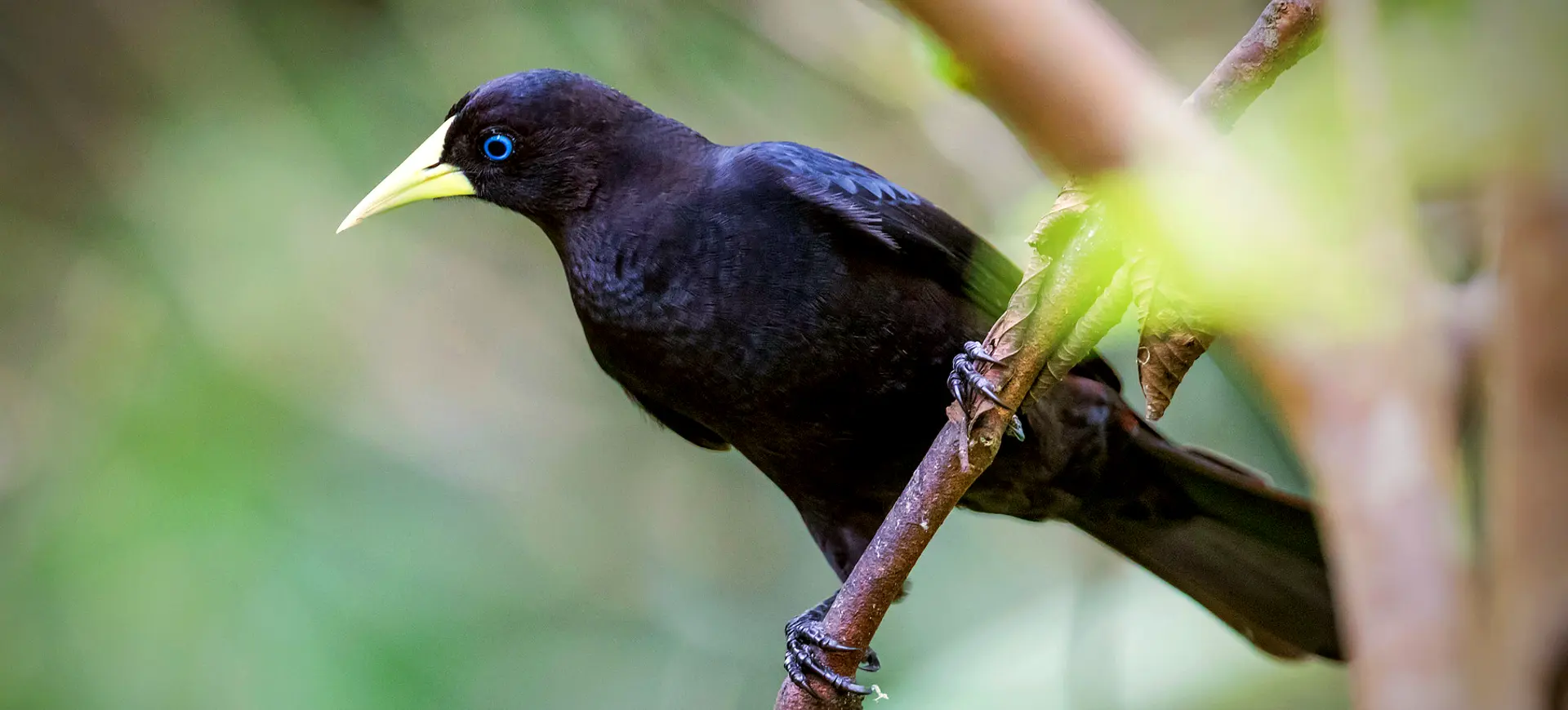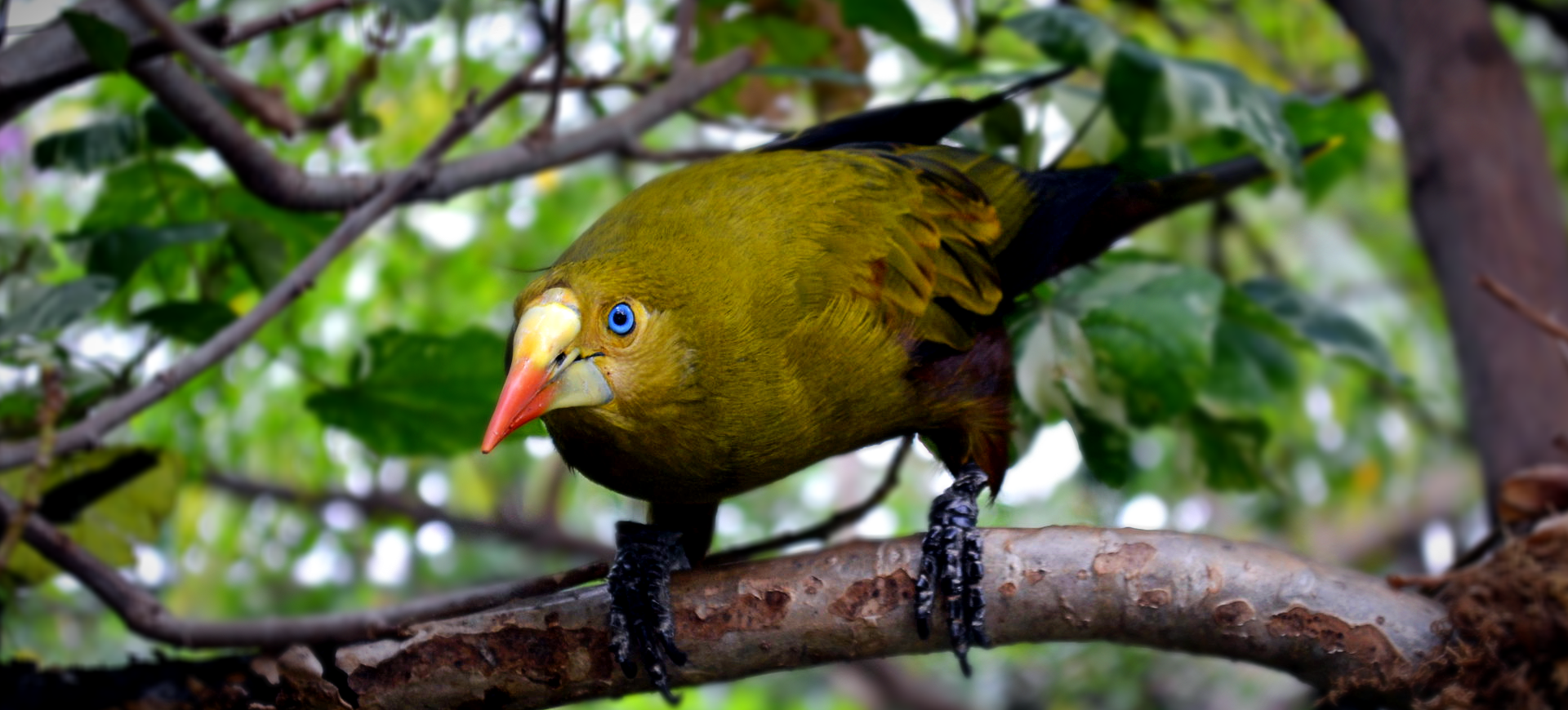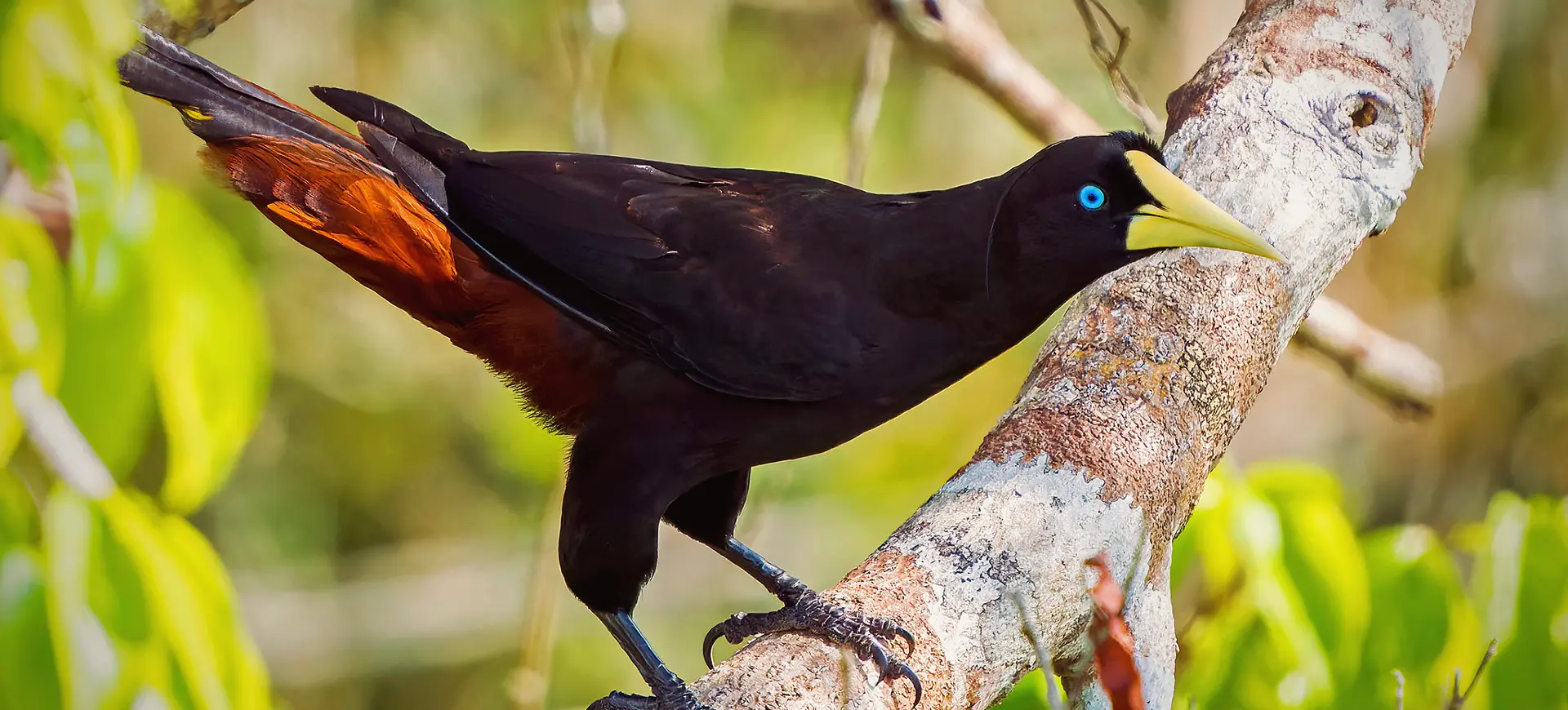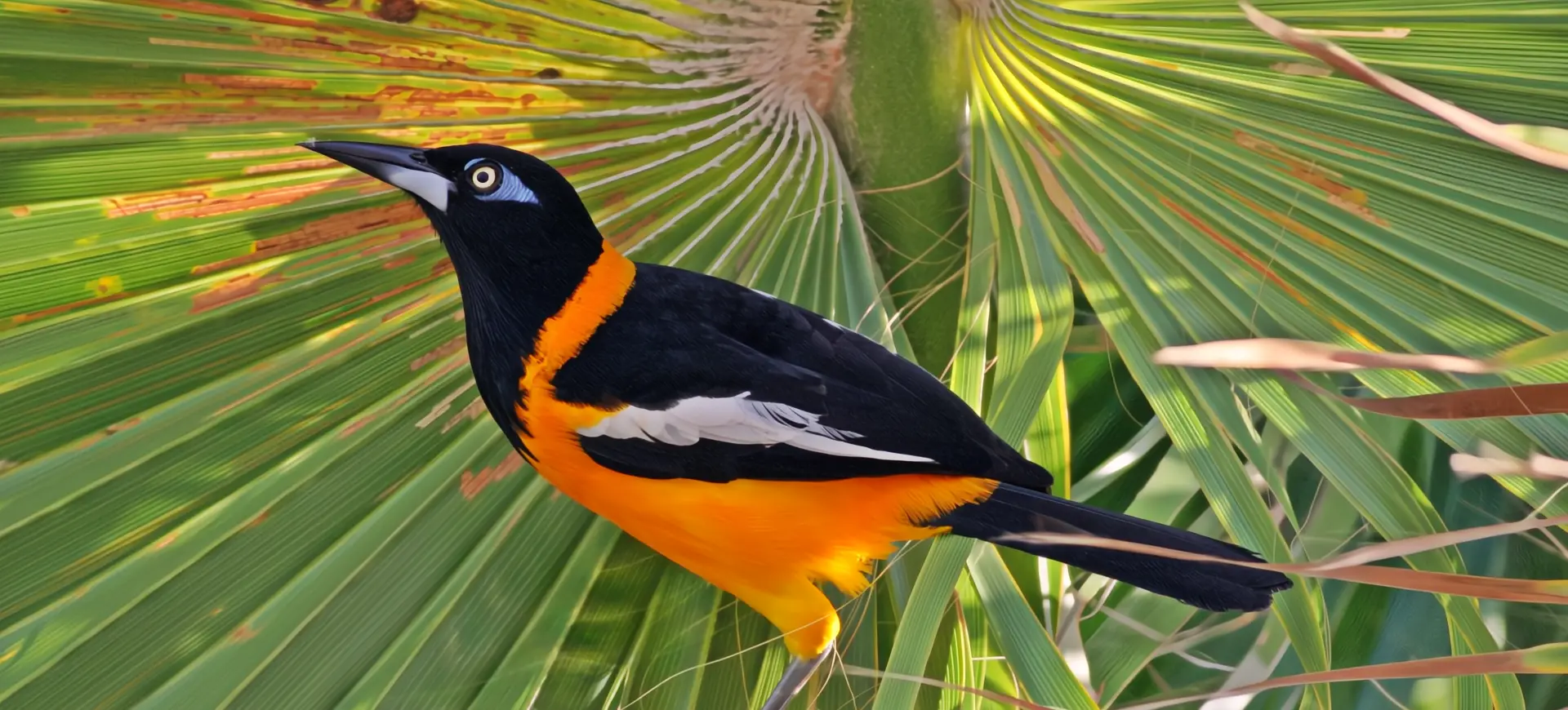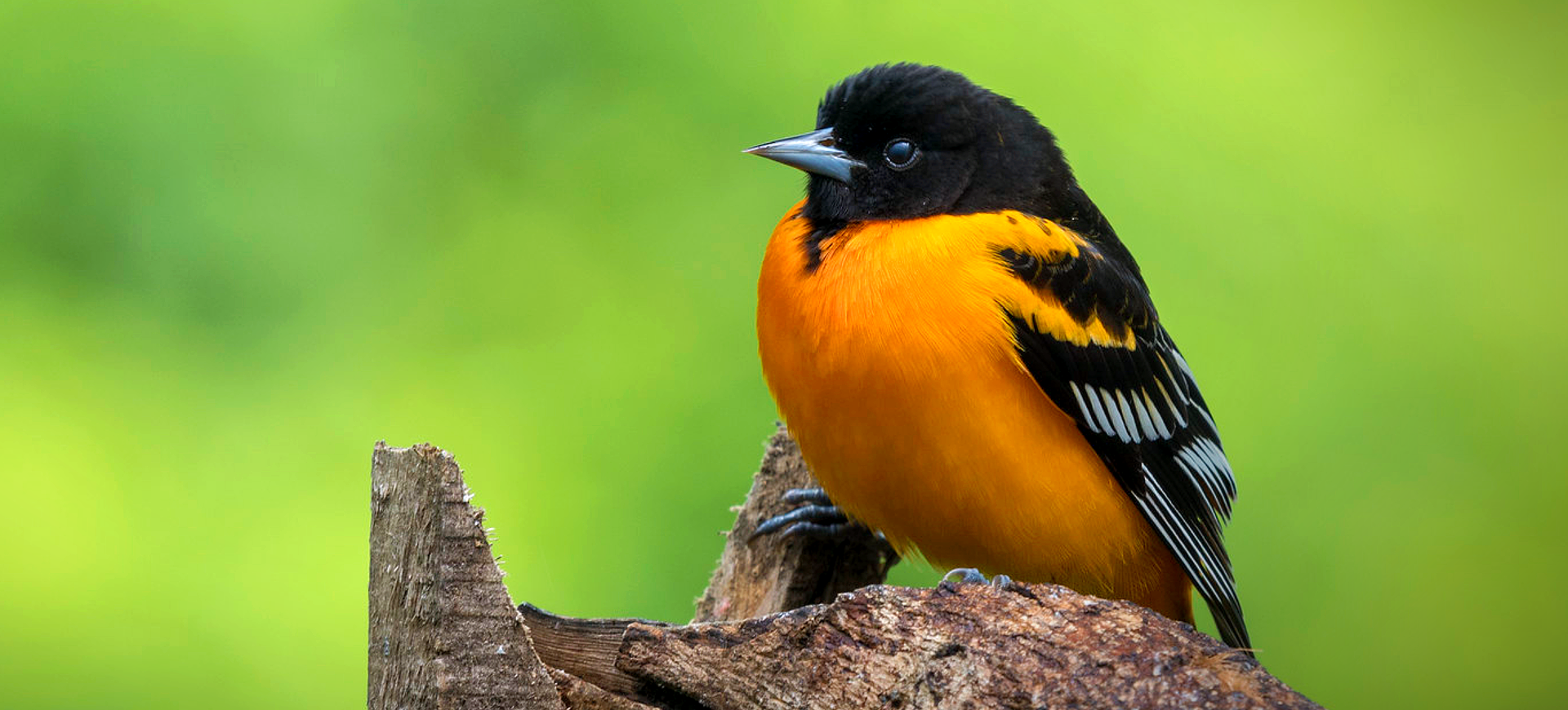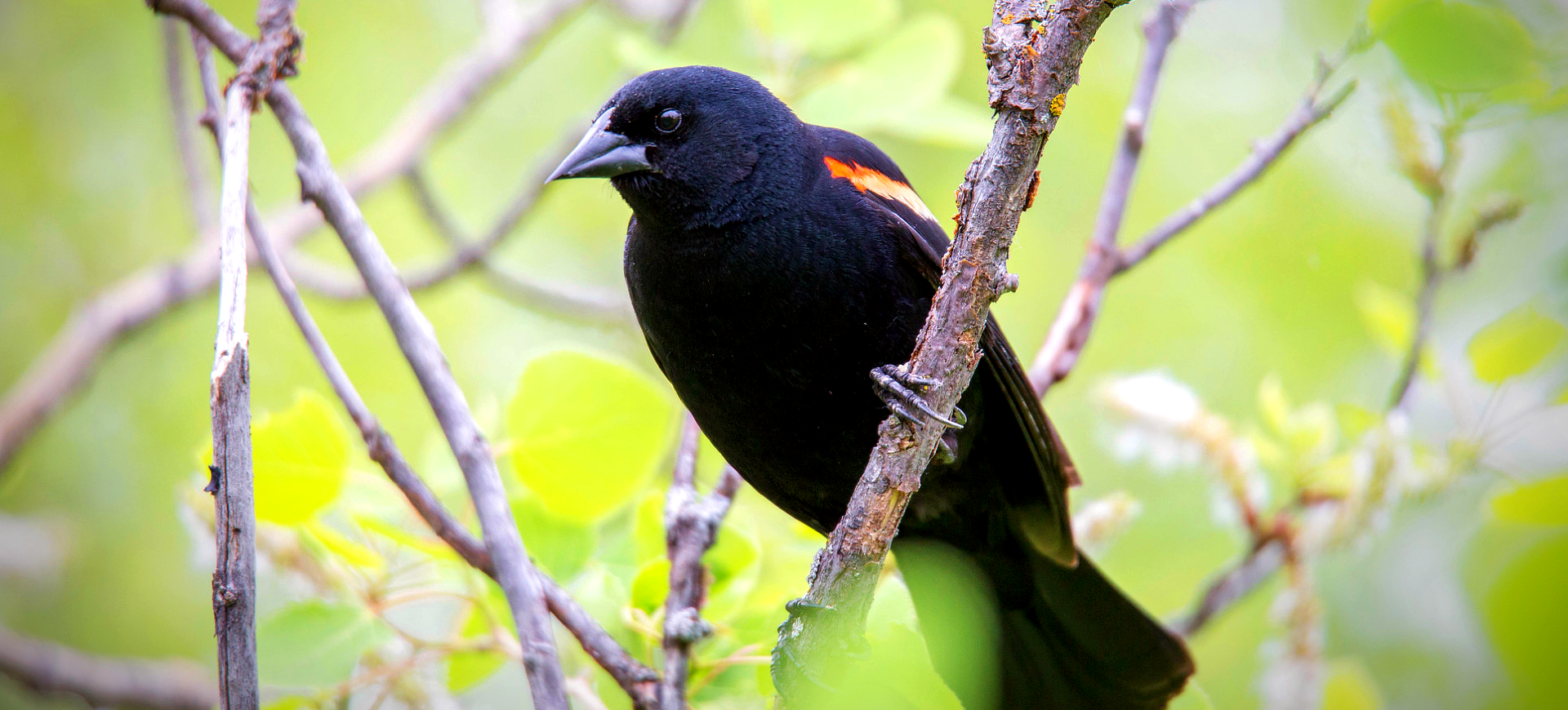Overview
Scott’s Oriole (Icterus parisorum) is a striking bird species native to the arid landscapes of the southwestern United States and Mexico. This medium-sized Oriole exhibits a distinctive color palette, with males featuring a black body contrasted by bright yellow on the lower belly, lower back, and shoulders and females displaying a more subdued olive-yellow and grayish coloring. Their habitat preference includes open woodlands, desert scrub, and areas populated with yucca plants, from which they skillfully extract nectar and insects.
Scott’s Oriole is particularly noted for its melodic song, a series of rich, flute-like whistles that resonate through their arid environments, often sung from high perches. These birds are adept at utilizing the resources available in their habitats, feeding on a varied diet that includes insects, nectar, and fruits. Their nesting practices are unique; they often weave their nests into the underside of yucca leaves, taking advantage of the plant’s structure for protection and support.
This species undertakes seasonal migrations, moving southward to Mexico for the winter before returning to their breeding grounds in the spring. The Scott’s Oriole’s relationship with its environment, especially its dependence on yucca plants for nesting and feeding, highlights the intricate connections within ecosystems. Conservation efforts for Scott’s Oriole focus on preserving their natural habitats and the essential yucca plants for survival.
Taxonomy
Kingdom
Phylum
Class
Order
Family
Genus
Species
Type
Physical Description:
Scott’s Oriole exhibits sexual dimorphism, with males and females sporting different color patterns. Males are particularly striking with their black and yellow plumage, which serves as a visual signal to mates and provides camouflage among the shadows of their desert habitat. With her muted tones, the female Scott’s Oriole blends seamlessly into her surroundings, an adaptation that likely offers protection from predators.
Both sexes have a slender build typical of orioles, with a pointed bill perfectly adapted for extracting nectar from flowers and peeling fruits. Their long and pointed wings aid in their agile flight, which is essential for their migratory lifestyle. Tail feathers are long and slightly forked, contributing to their maneuverability in the air and through dense vegetation.

Lifespan: Wild: ~6 Years || Captivity: ~10 Years

Weight: Male & Female: 0.95-1.4 ounces (27-40 g)

Length: Male & Female: 8-8.5 inches (20.3-21.6 cm)

Wingspan: Male & Female: 12-12.5 inches (30.5-31.8 cm)

Top Speed: 30 mph (48 km/h)
Characteristic:
Native Habitat:
Scott’s Oriole inhabits the arid and semi-arid regions of the southwestern United States and Mexico, with a particular affinity for areas dominated by yucca plants and agaves. These habitats offer the necessary resources for feeding, nesting, and protection. Open woodlands, desert edges, and scrublands also provide suitable conditions for this species, showcasing their adaptability to various environments within their range.
The bird’s preference for yucca-dominated landscapes has influenced their distribution and breeding patterns, with the availability of these plants playing a critical role in their habitat selection. Efforts to conserve Scott’s Oriole populations focus on preserving these natural habitats and the specific plant species they depend on, highlighting the importance of ecosystem management in bird conservation.
Biomes:
Biogeographical Realms:
Continents:
Countries:
Diet:
Diet & Feeding Habits:
Scott’s Oriole’s diet is diverse, encompassing insects, nectar, and fruits, which they forage for in their arid and open woodland habitats. Their preference for yucca flowers and agave nectar characterizes their feeding habits, with the birds using their specialized bills to access these resources. Insects, including beetles and caterpillars, provide a protein-rich component to their diet, essential for the growth of chicks during the breeding season.
These orioles exhibit adaptability in their foraging behavior, often seen hanging upside down to reach nectar or darting through the air to catch insects. This versatility in feeding strategies ensures their survival in the varied and sometimes harsh environments they inhabit. The presence of Scott’s Oriole in an area is often a good indicator of a healthy, biodiverse ecosystem where abundant food sources and habitats are preserved.
Mating Behavior:
Mating Description:
Scott’s Oriole exhibits monogamous breeding behavior, with pairs forming at the beginning of the breeding season. Males attract females through song and visual displays, showcasing their vibrant plumage and performing aerial flights. Once a pair is established, they collaborate in nest-building, with the female leading in constructing the nest on yucca plants or in other secure locations.
The nest, often woven into the fabric of the yucca leaves, provides a haven for eggs and young chicks, protecting them from predators and the elements. This species’ breeding strategy, including nest placement and the division of parental duties, reflects an evolutionary adaptation to their specific ecological niche. The care and feeding of the offspring are shared by both parents, underscoring the cooperative nature of Scott’s Oriole’s reproductive behavior.
Reproduction Season:
Birth Type:
Pregnancy Duration:
Female Name:
Male Name:
Baby Name:
Social Structure Description:
Scott’s Oriole exhibits a social structure that varies throughout the year, with territorial behavior during the breeding season and more gregarious behavior during migration and in wintering grounds. During breeding, males defend territories vigorously, using their songs and displays to ward off rivals and attract mates. Outside the breeding season, Scott’s Orioles may join mixed-species flocks, indicating a flexible social structure that allows them to adapt to different environmental conditions and food availability.
This adaptability in social behavior underscores the species’ resilience and ability to navigate the challenges of their habitats. Understanding Scott’s Oriole’s social dynamics is essential for conservation planning, ensuring that strategies address the species’ needs throughout its annual cycle.
Groups:
Conservation Status:
Population Trend:
Scott’s Oriole is currently classified as Least Concern by the IUCN, indicating a stable population trend. This status is largely due to the bird’s adaptability to various habitats and general resilience to environmental changes. However, ongoing monitoring and habitat conservation is essential to ensure this status remains unchanged, especially in the face of increasing habitat fragmentation and climate change.
Conservation efforts for Scott’s Oriole include habitat preservation, particularly the protection of yucca and agave plants that are crucial for their feeding and nesting. Educating the public about the importance of these birds and their habitats can also contribute to conservation success, promoting coexistence and support for conservation initiatives.
Population Threats:
The primary threats to Scott’s Oriole include habitat loss and degradation due to agricultural expansion, urban development, and climate change. These factors can reduce the availability of key food sources and nesting sites, particularly those associated with yucca and agave plants. Additionally, pesticide use can negatively impact insect populations, reducing an important food source for these birds.
Conservation strategies that mitigate these threats include habitat restoration, sustainable land use practices, and reducing pesticide use in agricultural and urban areas. Efforts to combat climate change and its impacts on Scott’s Oriole habitats are also crucial for the long-term conservation of this species.
Conservation Efforts:
Conservation initiatives for Scott’s Oriole aim to protect and restore habitats critical for their survival, focusing on preserving yucca and agave plants. Community engagement and education programs raise awareness about the species and the importance of conservation actions. Participation in bird monitoring programs helps track population trends and the effectiveness of conservation strategies.
Collaboration between conservation organizations, government agencies, and local communities is key to the successful conservation of Scott’s Oriole. Promoting habitat conservation, sustainable practices, and community involvement, these efforts help ensure a stable future for Scott’s Oriole and the ecosystems they inhabit.
Additional Resources:
Fun Facts
- Scott’s Oriole is named after General Winfield Scott, a notable figure in American history.
- Their dependency on yucca plants for nesting is so pronounced that the bird’s presence is often a good indicator of the health of yucca populations in an area.
- Unlike many other bird species, Scott’s Oriole can extract nectar from flowers using its specially adapted bill, showcasing a unique feeding behavior.
- The male’s vibrant song is used to attract mates and plays a crucial role in establishing and defending territory.
- Scott’s Oriole’s migration patterns are closely tied to the blooming of certain plants, highlighting the intricate connections within ecosystems.
- The species’ adaptability to different habitats has allowed it to thrive in natural and human-altered landscapes.
- In folklore, the Oriole is often associated with happiness and joy, attributes that could be linked to the cheerful appearance and song of Scott’s Oriole.
- Conservation efforts for Scott’s Oriole also benefit other species that share its habitat, demonstrating the interconnectedness of biodiversity conservation.
- The bird’s ability to adapt its nesting and feeding behaviors to available resources is a testament to its resilience and ingenuity.
- Observing Scott’s Oriole in its natural habitat offers a unique glimpse into the complex ecological web of arid and semi-arid regions.

